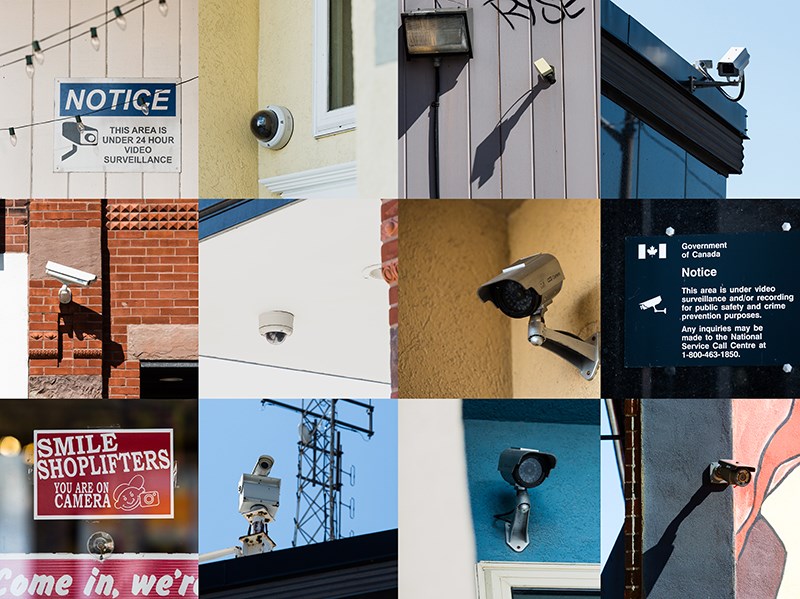Troy Shantz
Next time you head downtown to shop or dine you might want to smile - you’re likely on camera.
Earlier this summer, an embarrassing security video clip circulating on social media showed an unruly patron at a Front Street restaurant.
The inebriated man removed his clothes and security stepped in to escort him off the premises. But not before the debacle was caught on security cameras located inside and on the street.
After a sizable number of views, the video was removed from Facebook. But a striking aspect of the footage is the customer either didn’t know, or wasn’t concerned about, being on camera.
The incident raised a number of questions, including how much and how often Sarnians are being filmed? And what regulates the usage of the footage recorded?
If you look closely you’ll notice many businesses and apartment lobbies in Sarnia use security cameras to discourage crime.
In an unscientific poll, The Journal approached 23 properties in the downtown core and confirmed, verbally or visually, that 15 of them had cameras, a rate of 65%.
“Video surveillance is by far the fastest growing area in the security business,” said Chris Currie, vice-president of Sarnia-based Damar Security Systems.
But owning a camera comes with responsibilities, something many people don’t realize, he added.
“Very few owners of video cameras and surveillance systems are employing any of the guidelines or best practices in regards to protecting the privacy of the public,” he said.
According to 2015 guidelines from the Privacy Commissioner of Ontario, video surveillance that is used to collect, use or disclose personal information requires that the owner comply with the rules set out for Ontario’s Freedom of Information and Protection of Privacy Act (FIPPA) and the Municipal Freedom of Information and Protection of Privacy Act (MFIPPA).
“In a nutshell, this would mean that most of the video surveillance clips that can be found on YouTube from Canadian institutions would be in violation of these acts,” Currie said.
When used properly, security cameras have proven to be a very powerful crime-fighting tool.
“Through social media, we’ve been able to use photos or the actual videos from these cameras to identify suspects,” said Const. John Sottosanti of Sarnia Police. But outside of investigations, using security camera footage to smear someone is not tolerated.
“We recommend that people use discretion. Our intention whenever we use video is never to embarrass, harass or do anything of that nature.
“Our intention is always to resolve the crime or to identify the people involved.”
